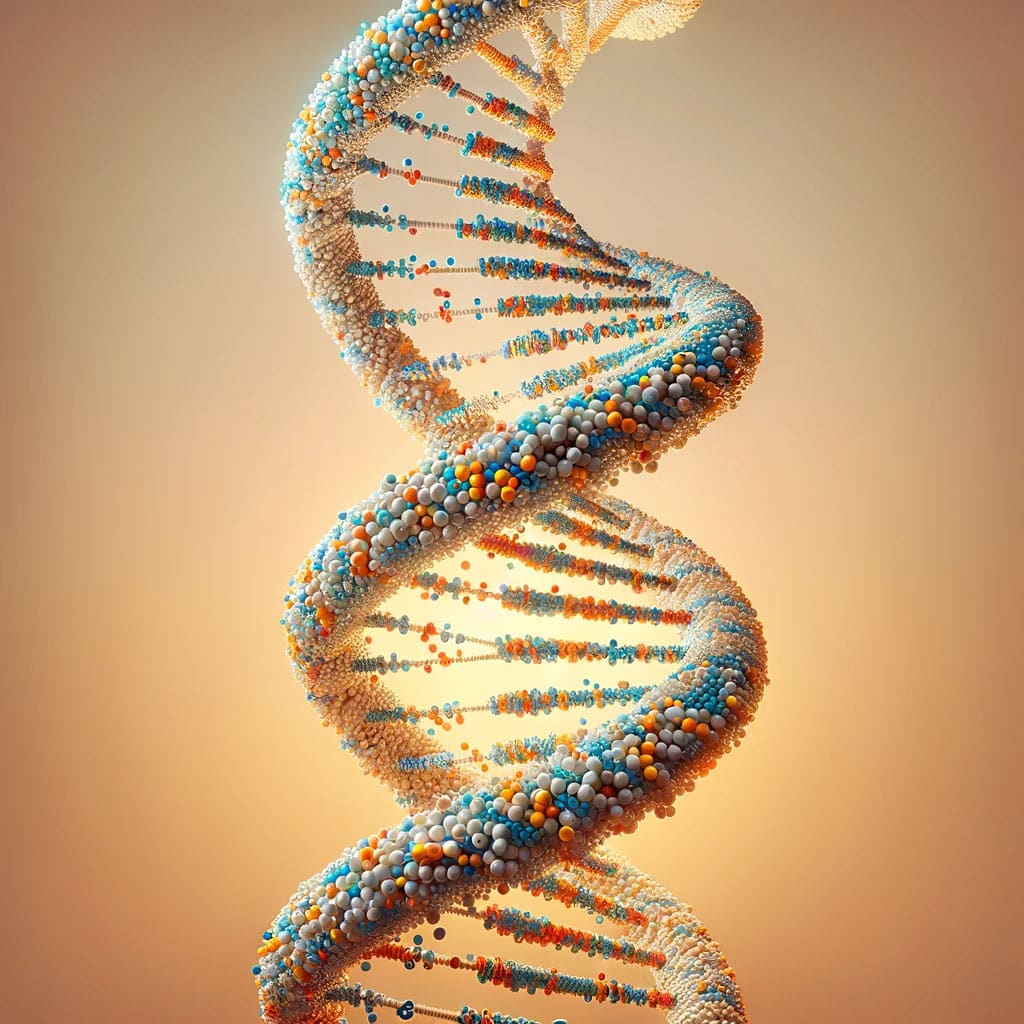Acne Inversa, also known as Hidradenitis Suppurativa (HS), is a chronic inflammatory skin disease primarily affecting areas where skin rubs together, such as the armpits, groin, and under the breasts. It is characterized by the presence of painful nodules, abscesses, and tunnels in the skin, often culminating in scarring.
HS can be a challenging condition to manage, due to its recurring nature and the significant discomfort it can cause.
Despite ongoing research, the exact causes of HS are not fully understood; however, it is recognized as an autoinflammatory condition that disrupts hair follicles in sweat gland-bearing areas. Diagnosis often involves clinical evaluation of the affected areas and can be confirmed with the help of various medical imaging techniques. HS is a noncontagious condition, but its symptoms can often be mistaken for other skin disorders.
Causes and Risk Factors
The development of acne inversa, also known as hidradenitis suppurativa, is influenced by various factors, some of which are genetic and hormonal, while others relate to lifestyle and the environment. It is important to understand these factors to effectively manage and potentially reduce the risk of developing this condition.
Genetic Predispositions
It has been established that a family history of acne inversa can significantly increase an individual’s risk of developing the condition. Genes play a crucial role, with certain genetic mutations heightening susceptibility. These mutations may affect the structure and function of hair follicles and sweat glands, which are integral to the pathogenesis of the disease.

Hormonal Fluctuations
Hormonal fluctuations, particularly those related to the endocrine system, are frequently implicated in the onset and exacerbation of acne inversa. Conditions that alter hormone levels, such as puberty, pregnancy, and menopause, can provoke or aggravate the symptoms. The involvement of sex hormones suggests why the disease may manifest after puberty and can be influenced by menstrual cycles.
Lifestyle and Environmental Factors
Several environmental factors contribute to the development of acne inversa. Obesity is a significant risk factor, as increased weight can exacerbate friction in areas where skin rubs together. Smoking is another major risk factor that has been strongly associated with the disease. Other factors, such as poor hygiene and heat or excessive sweating, can worsen symptoms or trigger flare-ups.
Proper management of these risk factors may help in reducing the incidence and severity of acne inversa episodes.

Symptoms and Diagnosis
Recognizing the symptoms of Acne Inversa and obtaining an accurate diagnosis are crucial for effective management of this chronic skin condition.
Recognizing Symptoms
Patients typically observe painful, recurring nodules and abscesses that often become inflamed in areas where skin rubs together; such as the armpits, groin, buttocks, and under the breasts. The discomfort is primarily due to the pain associated with the abscesses and the inflammation of the affected skin.
Over time, the cycle of healing and reoccurrence may lead to scarring, which can be distressing and may adversely affect the patient’s quality of life.
Diagnostic Processes
Dermatologists play a key role in diagnosing Acne Inversa, typically starting with a clinical examination of the characteristic lesions. Early diagnosis is important to manage symptoms and limit complications.
Since symptoms can mimic other skin conditions, a careful consideration of medical history, and sometimes additional tests like biopsy or ultrasound, are employed to confirm the presence of the hallmark nodules and abscesses specific to Acne Inversa.
Treatment and Management
Treatment and management of Acne Inversa focus on alleviating symptoms, reducing inflammation, and preventing flare-ups. Effective strategies often involve a combination of medical interventions, surgical procedures, and lifestyle changes tailored to the individual’s condition and severity.
Medical Interventions
Medical treatment typically starts with antibiotics like clindamycin to manage infections and zinc to reduce inflammation. Steroids may be prescribed to reduce severe inflammation during flare-ups, while biologics such as adalimumab have been approved for use and can help control the immune response associated with Acne Inversa.

Surgical Options
When medical therapy does not provide adequate relief or in cases of severe disease, surgery may be necessary. Procedures range from incision and drainage of abscesses to more extensive surgeries that remove affected tissues. Long-term relief often requires the removal of all involved skin, which then may require skin grafts for closure.
Lifestyle Modifications
Lifestyle modifications play a key role in managing Acne Inversa. Patients are advised to lose weight if obese, as excess weight can exacerbate the condition. Additionally, wearing loose-fitting clothing and practicing good hygiene can help reduce skin irritation and prevent new lesions from developing.
Psychosocial Impact and Support
Acne Inversa, also known as Hidradenitis Suppurativa, can significantly affect an individual’s social and psychological well-being. Patients may experience depression, anxiety, and isolation, leading to a profound impact on their quality of life.
Quality of Life
Individuals with Acne Inversa often face challenges that extend beyond the physical symptoms of the disease. The visibility of lesions may lead to embarrassment or self-consciousness, especially when located in visible areas or areas typically covered by clothes. Sufferers may experience a shortened social calendar, reluctance to form new relationships, and even difficulty in professional environments.
Consequently, their quality of life is frequently compromised, underscoring the importance of both medical treatment and psychological support.
Coping Mechanisms
Managing the psychosocial impact of Acne Inversa involves adopting effective coping strategies. Patients who actively participate in support groups often find solace and practical advice that aids in reducing feelings of isolation.
Moreover, learning stress-management techniques and maintaining a supportive social network are crucial steps toward enhancing mental health and managing depression and anxiety associated with the condition.
Integrating these mechanisms can empower individuals to lead more fulfilling lives despite their diagnosis.

